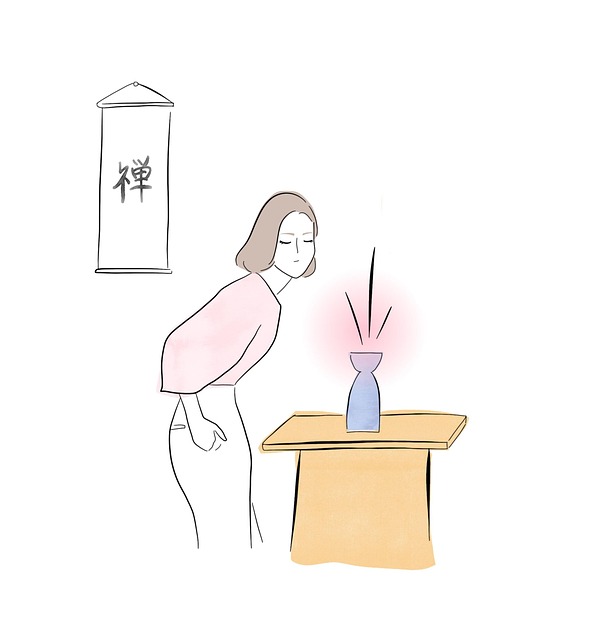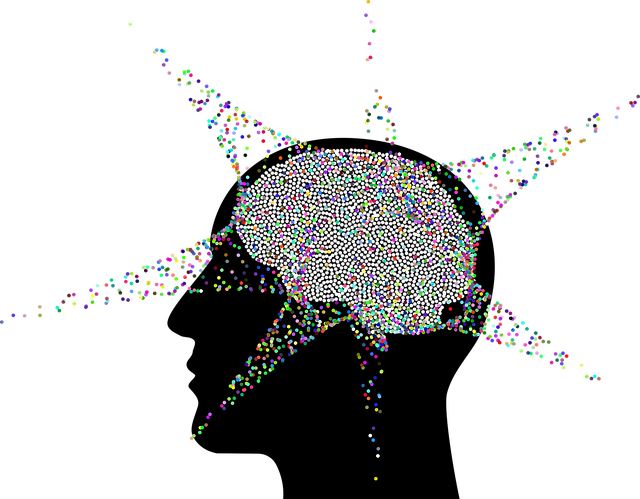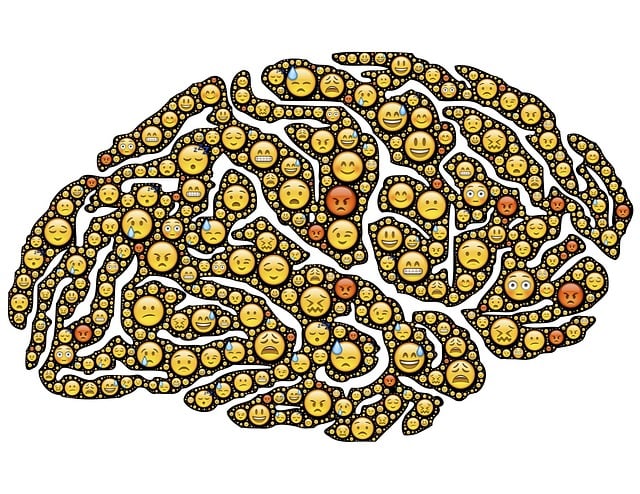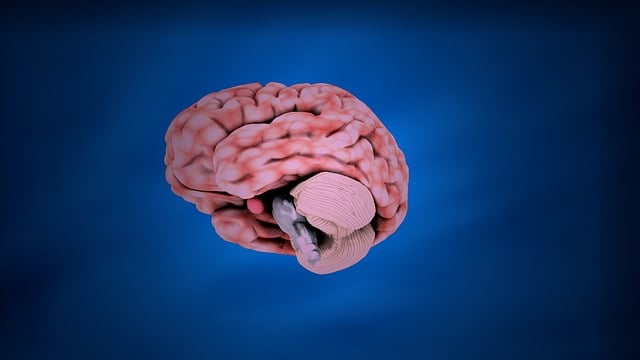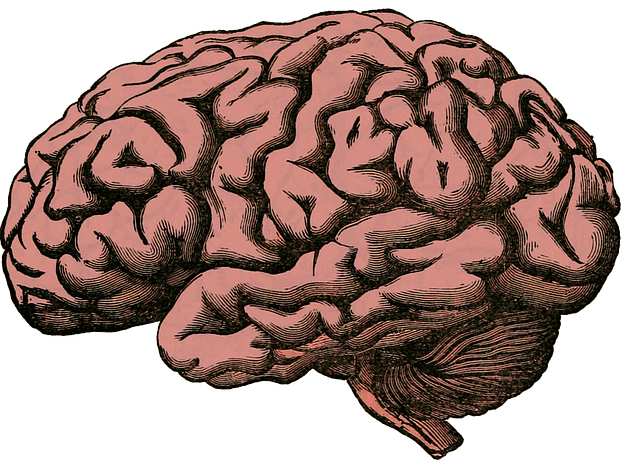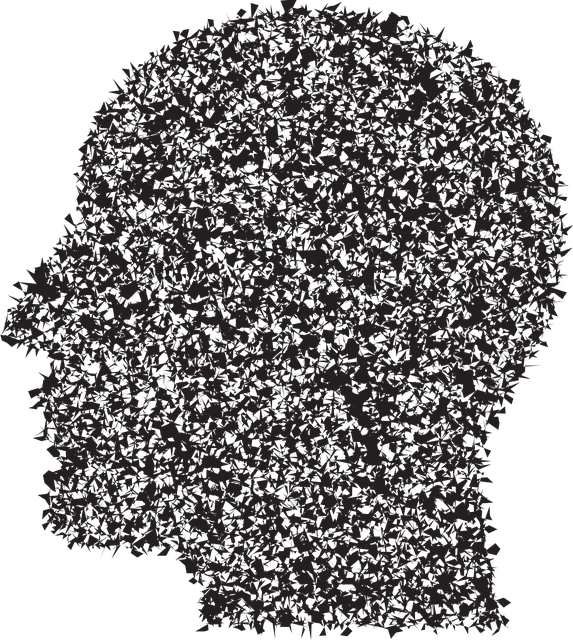Wheat Ridge panic disorder and anxiety attacks significantly impact daily life, highlighting the need for professional help. Therapy, especially cognitive-behavioral therapy (CBT), equips individuals with tools to identify and change negative thought patterns. Self-care techniques like mindfulness meditation, deep breathing exercises, and regular physical activity are powerful tools for managing symptoms. Personalized strategies from healthcare providers with Cultural Competency Training, combined with Mental Illness Stigma Reduction Efforts, boost confidence and well-being. Improving self-care routines involves setting achievable goals, scheduling manageable steps, and maintaining open communication. Regular progress assessments, adjustments, and celebrating small victories enhance anxiety management and overall mental health.
“Unwind, rejuvenate, and reclaim your well-being with our comprehensive guide to enhancing self-care practices. This article delves into the intricate relationship between self-nurturing and managing conditions like Wheat Ridge Panic Disorder and Anxiety Attacks. By exploring evidence-based strategies, you’ll discover how to create a personalized therapy plan that goes beyond traditional treatment. Learn effective ways to incorporate calming rituals, mindfulness techniques, and sustainable routines into your daily life for long-term mental health optimization.”
- Understanding Wheat Ridge Panic Disorder and Anxiety Attacks
- Exploring Self-Care Practices for Management and Relief
- Strategies for Improving Self-Care Routines Effectively
Understanding Wheat Ridge Panic Disorder and Anxiety Attacks

Wheat Ridge Panic Disorder and Anxiety Attacks can significantly impact an individual’s daily life, making it crucial to seek professional help. Therapy plays a pivotal role in managing these conditions effectively. Through various therapeutic approaches, such as cognitive-behavioral therapy (CBT), individuals can learn to identify and change negative thought patterns that contribute to panic attacks and anxiety.
The Stress Management Workshops Organization offers valuable resources, including workshops and online platforms, where one can find evidence-based techniques for stress reduction. Similarly, the Mental Wellness Podcast Series Production provides accessible media content covering topics like mindfulness and relaxation strategies, which are essential components of managing Wheat Ridge Panic Disorder and Anxiety Attacks. Incorporating these Stress Reduction Methods into daily routines can empower individuals to take control of their mental wellness.
Exploring Self-Care Practices for Management and Relief

Self-care is a powerful tool for managing and alleviating symptoms associated with conditions like Wheat Ridge Panic Disorder and Anxiety Attacks. Exploring various self-care practices allows individuals to take control of their mental well-being and find relief in their daily lives. Through techniques such as mindfulness meditation, deep breathing exercises, and regular physical activity, people can effectively reduce anxiety and panic episodes. These practices not only provide immediate calm but also foster long-term resilience and emotional stability.
Incorporating self-care into one’s routine requires dedication and often involves personalized strategies. Many find it beneficial to consult with their healthcare provider who, equipped with Cultural Competency Training, can offer tailored guidance. Mental Illness Stigma Reduction Efforts play a crucial role in encouraging individuals to prioritize self-care without fear of judgment. By embracing these practices, people can boost their confidence, enhance overall well-being, and lead more fulfilling lives despite the challenges posed by anxiety disorders like Wheat Ridge Panic Disorder.
Strategies for Improving Self-Care Routines Effectively

Improving self-care routines is a multifaceted process that involves integrating healthy habits into your daily life. One effective strategy is to set clear and achievable goals. Start by identifying areas where you want to focus, whether it’s improving sleep quality, incorporating regular exercise, or practicing mindfulness. Break these down into manageable steps and create a schedule that works for you. For instance, if managing anxiety is a priority, consider setting aside 15 minutes daily for deep breathing exercises or meditation, which are proven beneficial in Wheat Ridge Panic Disorder and Anxiety Attacks Therapy.
Additionally, communication strategies play a vital role in emotional healing processes. Open dialogue with loved ones, therapists, or support groups can provide valuable insights and reinforce your self-care journey. Regularly assess your progress, adjust your routines as needed, and celebrate small victories along the way. Incorporating stress management techniques, such as journaling or engaging in hobbies, can also help reduce anxiety levels and enhance overall well-being.
In addressing Wheat Ridge Panic Disorder and Anxiety Attacks, adopting an improved self-care practice routine is pivotal. By understanding the condition and exploring effective strategies, individuals can gain control over their mental health. The article has provided insights into various self-care practices, from recognizing triggers to incorporating mindfulness and physical activities. These techniques, when integrated into daily routines, offer sustainable relief and management of anxiety symptoms. With consistent effort and a tailored approach, anyone can enhance their well-being and lead a more fulfilling life while undergoing Wheat Ridge Panic Disorder and Anxiety Attacks therapy.
